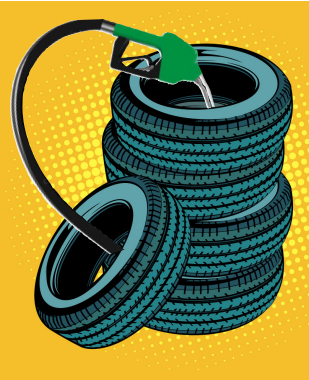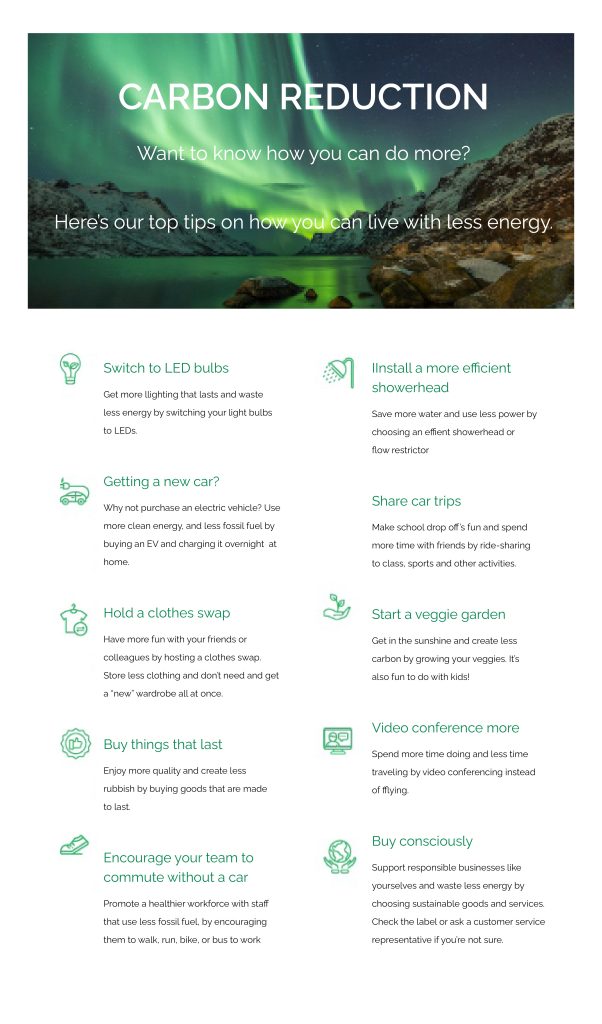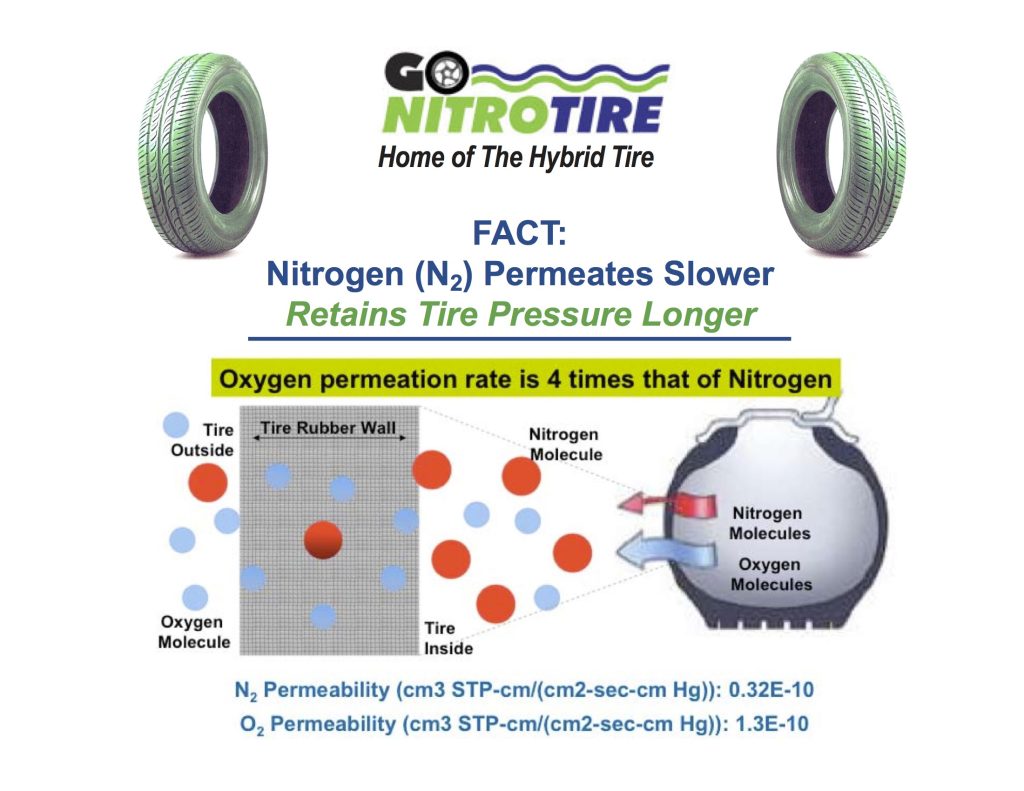Envision a wedding that marries elegance with eco-consciousness, where every detail reflects a commitment to beauty and sustainability. Crafting a wedding that’s both breathtaking and beneficial to the planet is not only possible, it’s a profound way to start your journey together. This guide is your ally in navigating the choices that lead to a celebration marked by style and stewardship. Embrace innovative approaches to traditional wedding elements, from rings that tell a story of ethical beauty to receptions that redefine luxury as something that truly lasts.
Online Wedding Invitations
Say goodbye to paper waste by embracing convenience with digital invitations. Utilize free customizable online templates to create captivating digital invites that establish the ambiance for your eco-chic event. You can try this to seamlessly integrate sustainability into every aspect of your wedding planning. Set the stage for an environmentally conscious celebration with invitations that reflect your commitment to the planet.
Choosing Sustainable Rings
Embark on your shared life’s adventure with symbols that resonate with your values. Seek out rings crafted from recycled materials or gems that were created with respect for the environment. These tokens of your love can shine as examples of your commitment to not only each other but also to the principles of sustainability and ethical responsibility. They are beautiful, lasting, and profoundly meaningful.
Decorating with Nature’s Palette
Before investing in decor, explore what your chosen venue can offer in terms of natural or sustainable decoration options. Many venues are now aligned with green principles, offering beautiful, eco-friendly decor alternatives that can reduce both waste and expense. This approach not only enhances the aesthetic of your celebration but also aligns with a deeper commitment to preserving the beauty of the natural world.
Catering with a Conscience
Delight your guests with culinary offerings that are as kind to the planet as they are to the palate. Opt for catering services that prioritize locally sourced, organic ingredients, and plan menus with an eye toward reducing waste. This not only supports local agriculture but also ensures that your celebration is a testament to the possibilities of sustainable indulgence.
A New Take on Floral Decorations
Consider the lasting beauty of house plants over traditional cut flowers for your decorations. This choice adds a vibrant touch of life to your venue and offers a living reminder of your special day that grows along with your relationship. House plants can later adorn your home, serving as a daily reminder of your commitment to each other and the environment. Consult online resources to learn more about easy-to-maintain house plants.
Crafting a Zero-Waste Celebration
Imagine a reception where elegance meets eco-consciousness, where every element, from tableware to decor, is chosen with sustainability in mind. Encourage a culture of mindfulness among your guests by opting for reusable or compostable items and organizing a plan to ensure that nothing goes to waste. This approach to your reception not only minimizes environmental impact but also sets a memorable precedent for thoughtful celebration.
Lighting with Eco-friendly Candles
Enhance the ambiance of your celebration with the soft glow of soy or beeswax candles. These eco-friendly lighting options not only provide a beautiful, natural light but also support sustainable practices and reduce the release of harmful toxins. It’s a way to set the mood for your celebration while staying true to your commitment to the planet.
Your wedding is a profound expression of your love, and by choosing to celebrate it in a way that honors the earth, you make a powerful statement about the values you share as a couple. By using online invitations, offering eco-friendly catering, and more, you ensure a wedding that’s not just a celebration for a day but a testament to a lifetime of love and respect for the planet. Let your wedding be a beacon of hope and beauty, a celebration that stands as a testament to the possibility of a more sustainable, more thoughtful world. Here’s to a future where every celebration is an act of love—love for each other and for the earth we all share.
Enhance your vehicle’s performance and contribute to a greener planet by filling your tires with nitrogen at GoNitroTire.
Eco-Elegance: Plan and Achieve a Stylish Eco-Friendly Wedding Celebration
Envision a wedding that marries elegance with eco-consciousness, where every detail reflects a commitment to beauty and sustainability. Crafting a wedding that’s both breathtaking and beneficial to the planet is not only possible, it’s a profound way to start your journey together. This guide is your ally in navigating the choices that lead to a celebration marked by style and stewardship. Embrace innovative approaches to traditional wedding elements, from rings that tell a story of ethical beauty to receptions that redefine luxury as something that truly lasts.
Online Wedding Invitations
Say goodbye to paper waste by embracing convenience with digital invitations. Utilize free customizable online templates to create captivating digital invites that establish the ambiance for your eco-chic event. You can try this to seamlessly integrate sustainability into every aspect of your wedding planning. Set the stage for an environmentally conscious celebration with invitations that reflect your commitment to the planet.
Choosing Sustainable Rings
Embark on your shared life’s adventure with symbols that resonate with your values. Seek out rings crafted from recycled materials or gems that were created with respect for the environment. These tokens of your love can shine as examples of your commitment to not only each other but also to the principles of sustainability and ethical responsibility. They are beautiful, lasting, and profoundly meaningful.
Decorating with Nature’s Palette
Before investing in decor, explore what your chosen venue can offer in terms of natural or sustainable decoration options. Many venues are now aligned with green principles, offering beautiful, eco-friendly decor alternatives that can reduce both waste and expense. This approach not only enhances the aesthetic of your celebration but also aligns with a deeper commitment to preserving the beauty of the natural world.
Catering with a Conscience
Delight your guests with culinary offerings that are as kind to the planet as they are to the palate. Opt for catering services that prioritize locally sourced, organic ingredients, and plan menus with an eye toward reducing waste. This not only supports local agriculture but also ensures that your celebration is a testament to the possibilities of sustainable indulgence.
A New Take on Floral Decorations
Consider the lasting beauty of house plants over traditional cut flowers for your decorations. This choice adds a vibrant touch of life to your venue and offers a living reminder of your special day that grows along with your relationship. House plants can later adorn your home, serving as a daily reminder of your commitment to each other and the environment. Consult online resources to learn more about easy-to-maintain house plants.
Crafting a Zero-Waste Celebration
Imagine a reception where elegance meets eco-consciousness, where every element, from tableware to decor, is chosen with sustainability in mind. Encourage a culture of mindfulness among your guests by opting for reusable or compostable items and organizing a plan to ensure that nothing goes to waste. This approach to your reception not only minimizes environmental impact but also sets a memorable precedent for thoughtful celebration.
Lighting with Eco-friendly Candles
Enhance the ambiance of your celebration with the soft glow of soy or beeswax candles. These eco-friendly lighting options not only provide a beautiful, natural light but also support sustainable practices and reduce the release of harmful toxins. It’s a way to set the mood for your celebration while staying true to your commitment to the planet.
Your wedding is a profound expression of your love, and by choosing to celebrate it in a way that honors the earth, you make a powerful statement about the values you share as a couple. By using online invitations, offering eco-friendly catering, and more, you ensure a wedding that’s not just a celebration for a day but a testament to a lifetime of love and respect for the planet. Let your wedding be a beacon of hope and beauty, a celebration that stands as a testament to the possibility of a more sustainable, more thoughtful world. Here’s to a future where every celebration is an act of love—love for each other and for the earth we all share.
Enhance your vehicle’s performance and contribute to a greener planet by filling your tires with nitrogen at GoNitroTire.

 To the surprise of many consumers and commercial operators in the automotive sector, nitrogen is a viable way to create ‘Hybrid Tires’. Nitrogen has been utilised by the airline industry and professional driving associations for several decades. However, it has yet to be adopted by the majority of society. Why is that? Despite being the best tire inflation medium, misinformation about nitrogen has been spread by tire salesmen and other individuals in the automotive industry. As a result, few people are confident enough to consider switching to this green alternative.
To the surprise of many consumers and commercial operators in the automotive sector, nitrogen is a viable way to create ‘Hybrid Tires’. Nitrogen has been utilised by the airline industry and professional driving associations for several decades. However, it has yet to be adopted by the majority of society. Why is that? Despite being the best tire inflation medium, misinformation about nitrogen has been spread by tire salesmen and other individuals in the automotive industry. As a result, few people are confident enough to consider switching to this green alternative.










